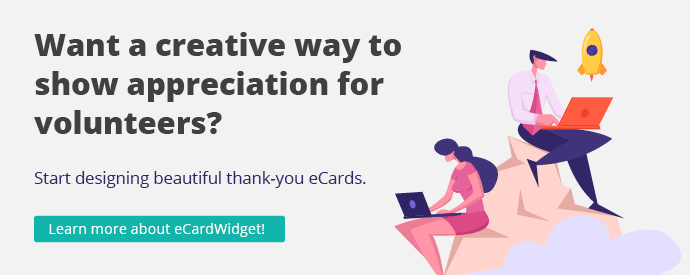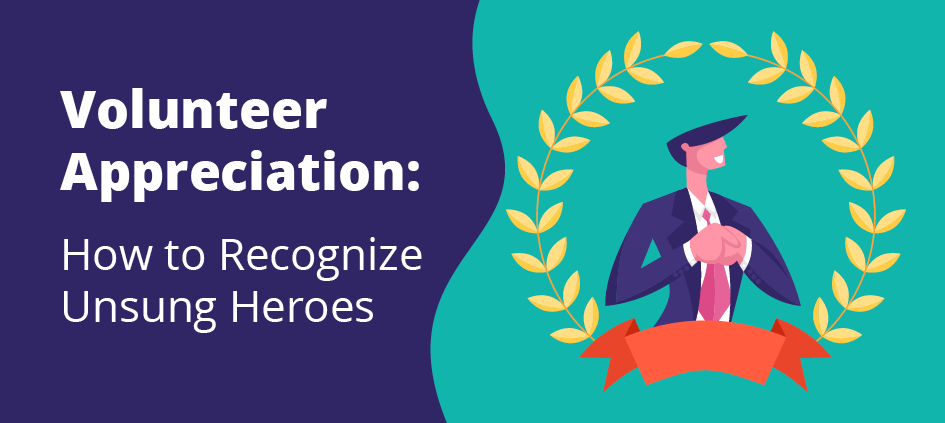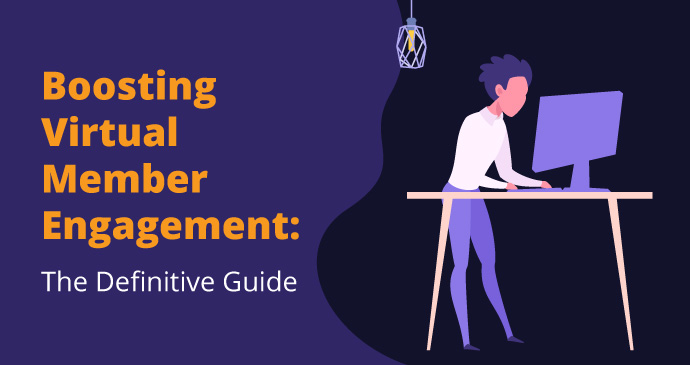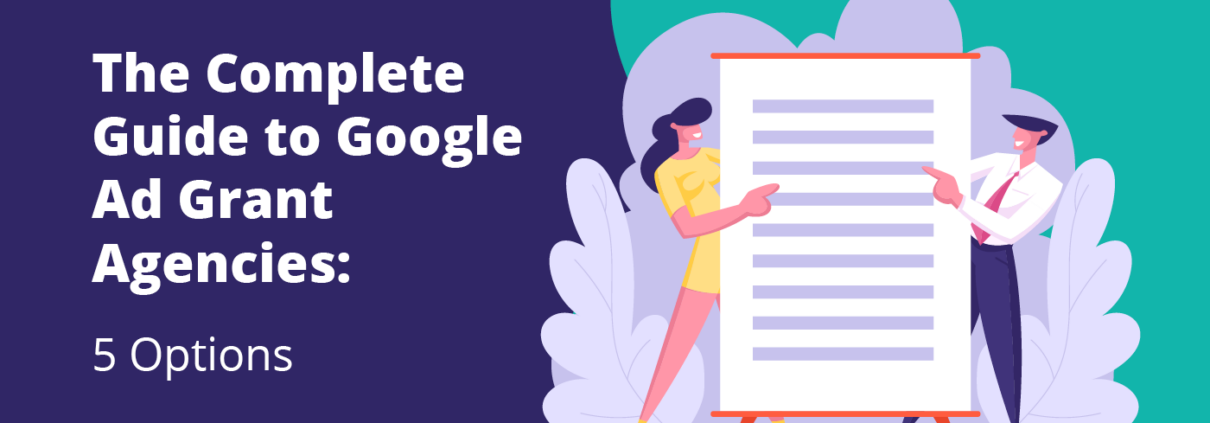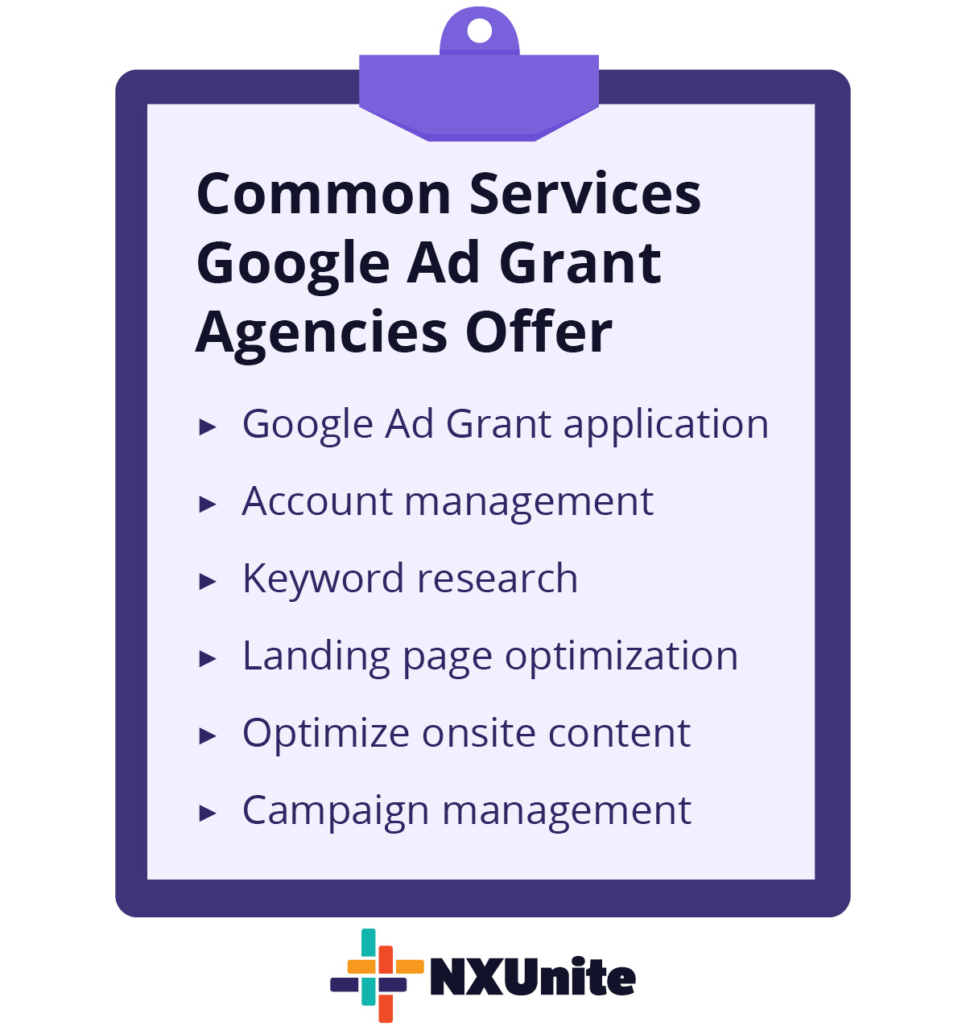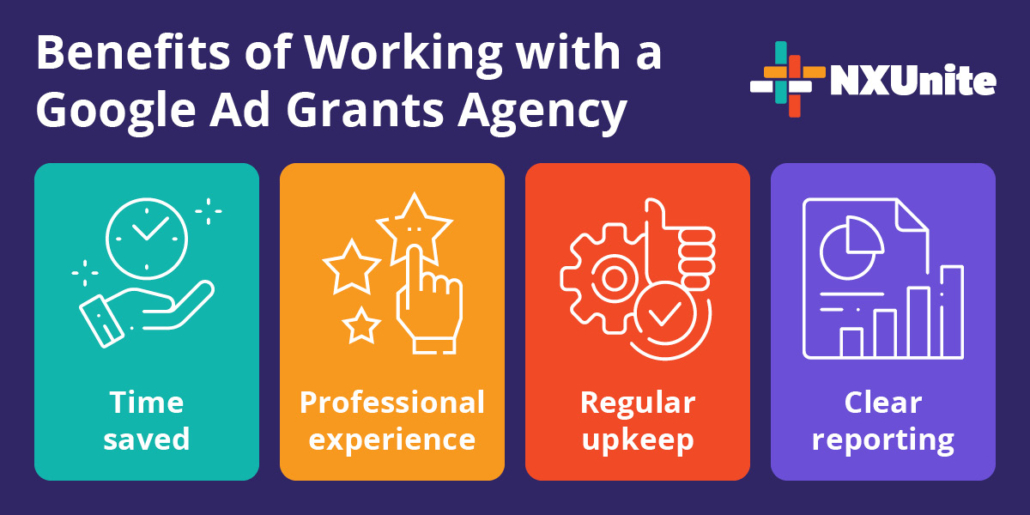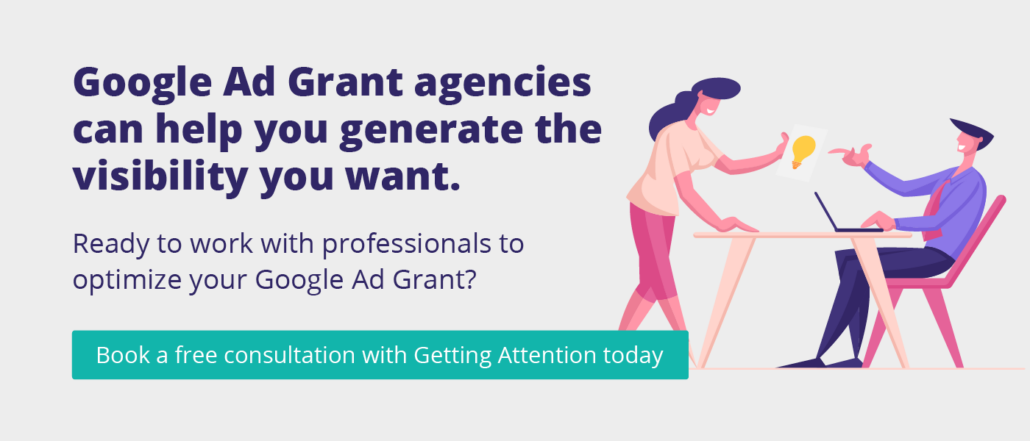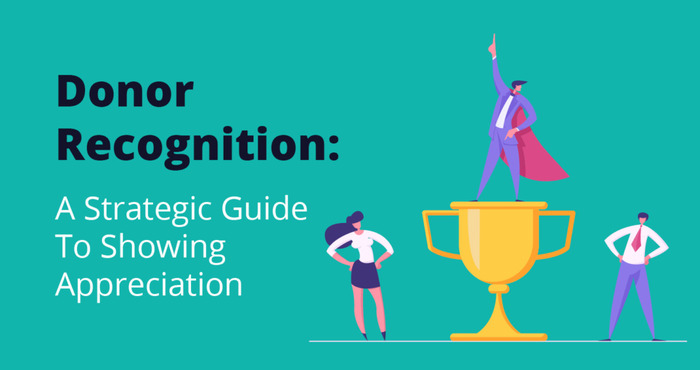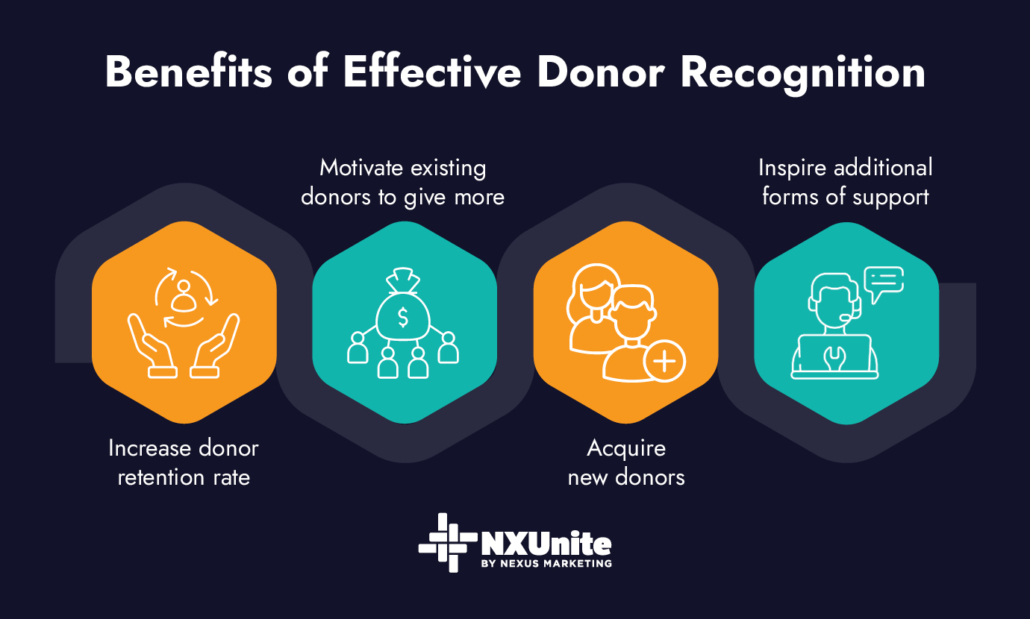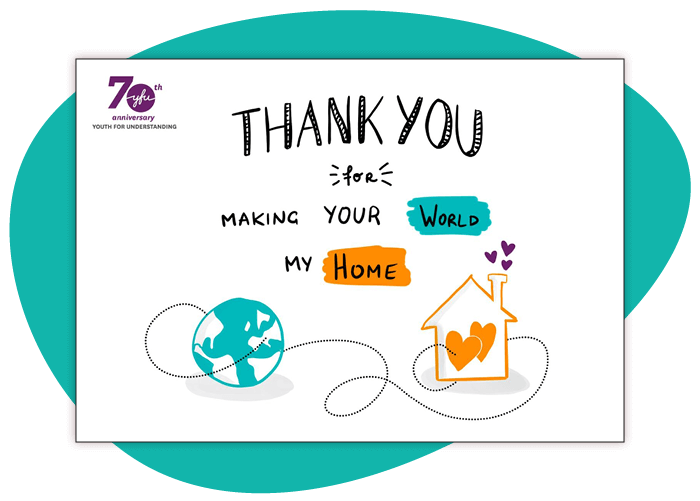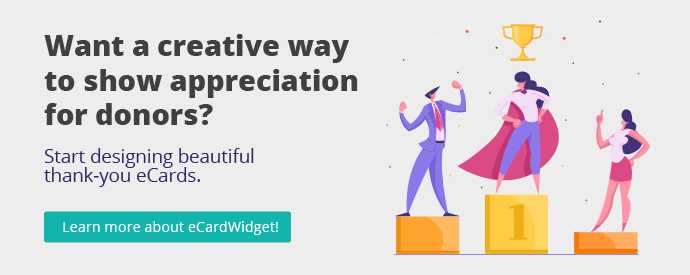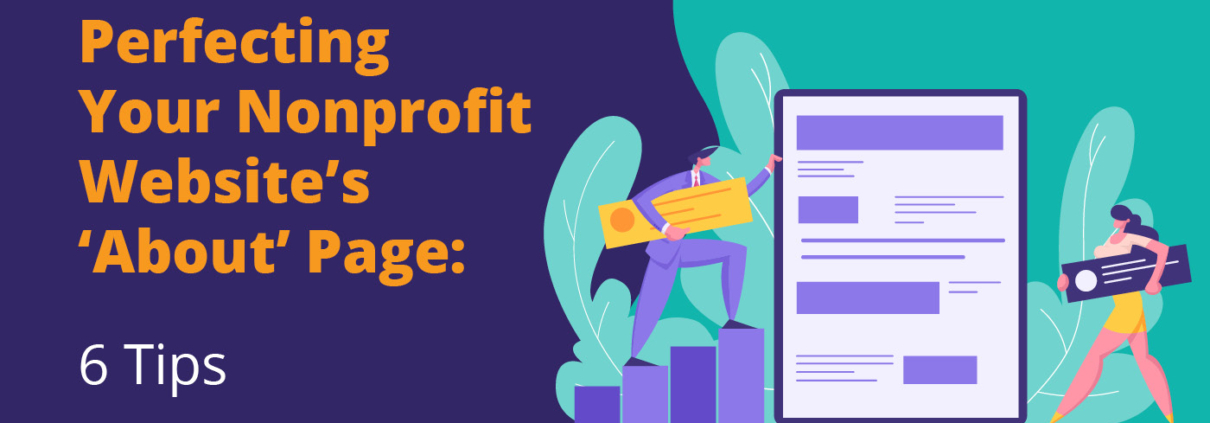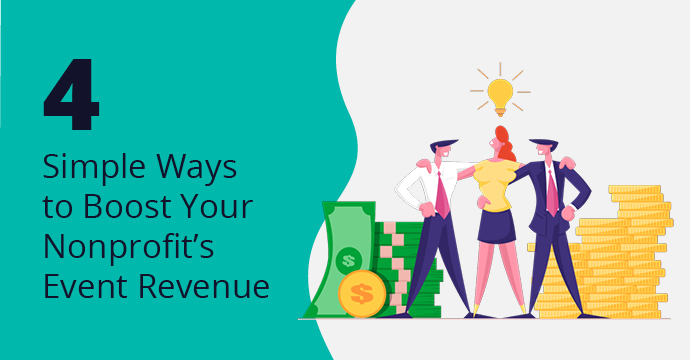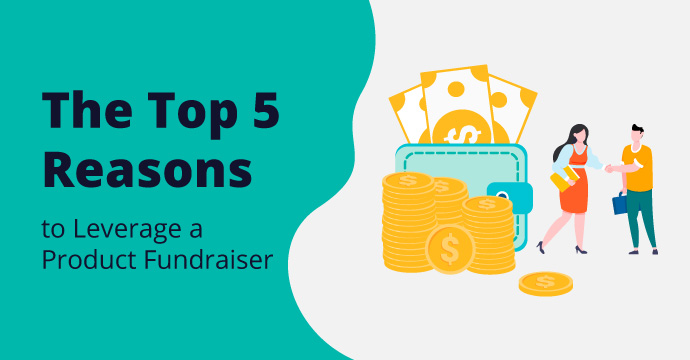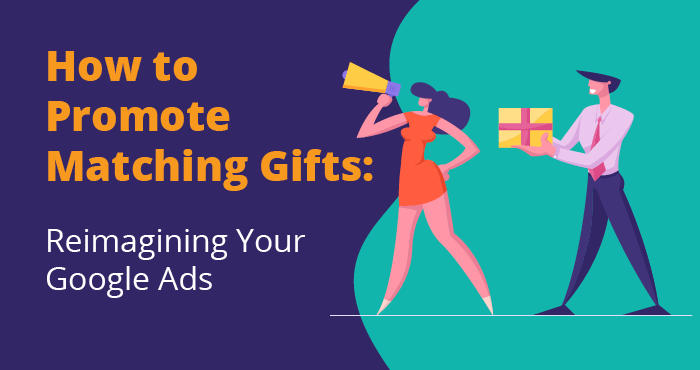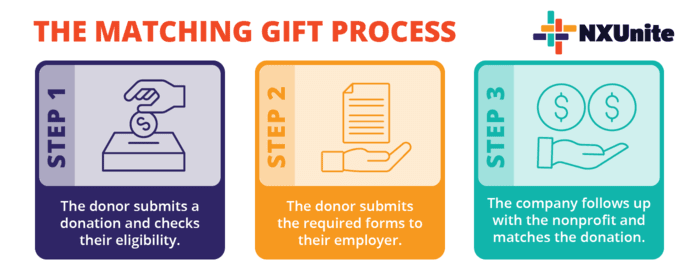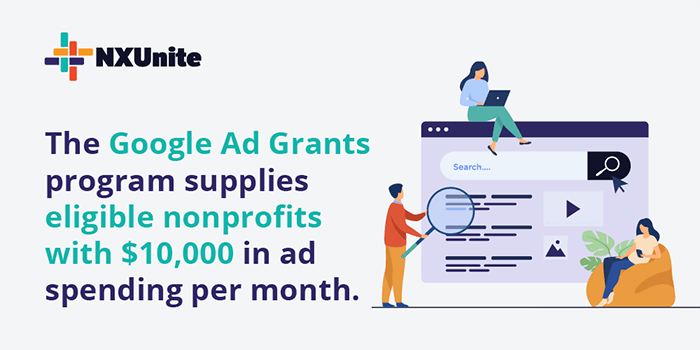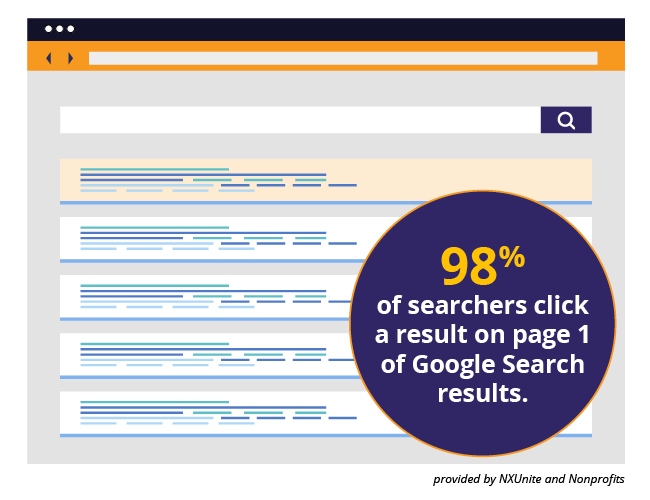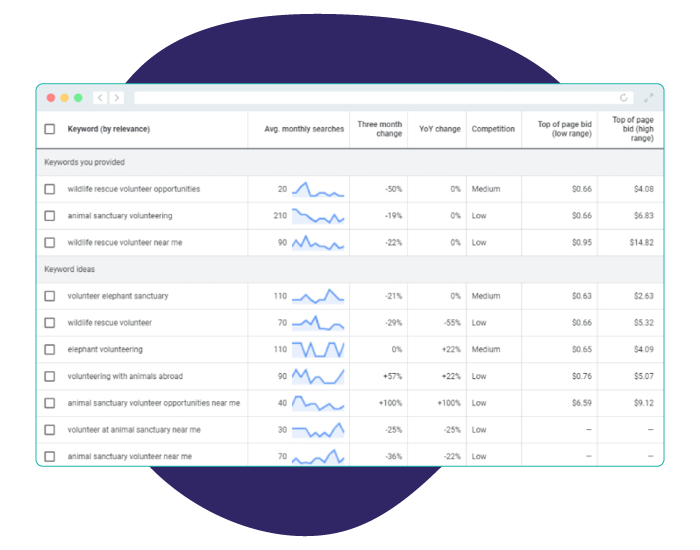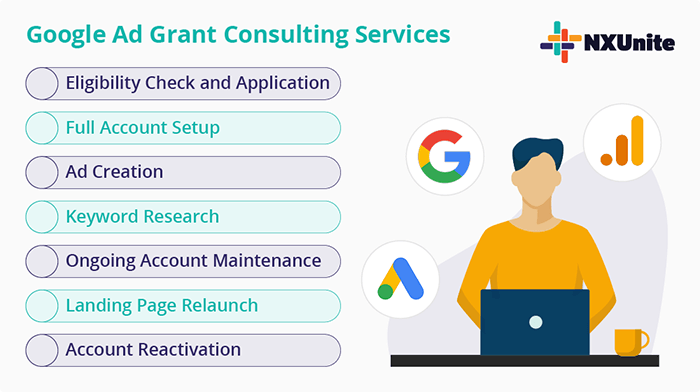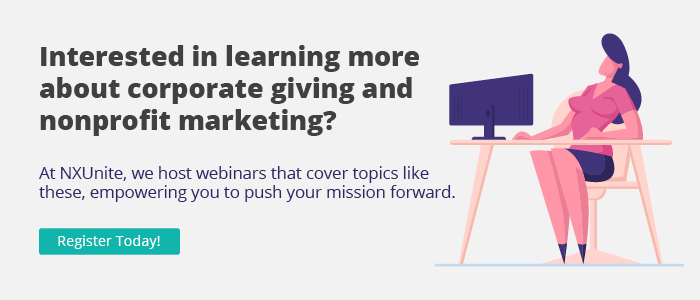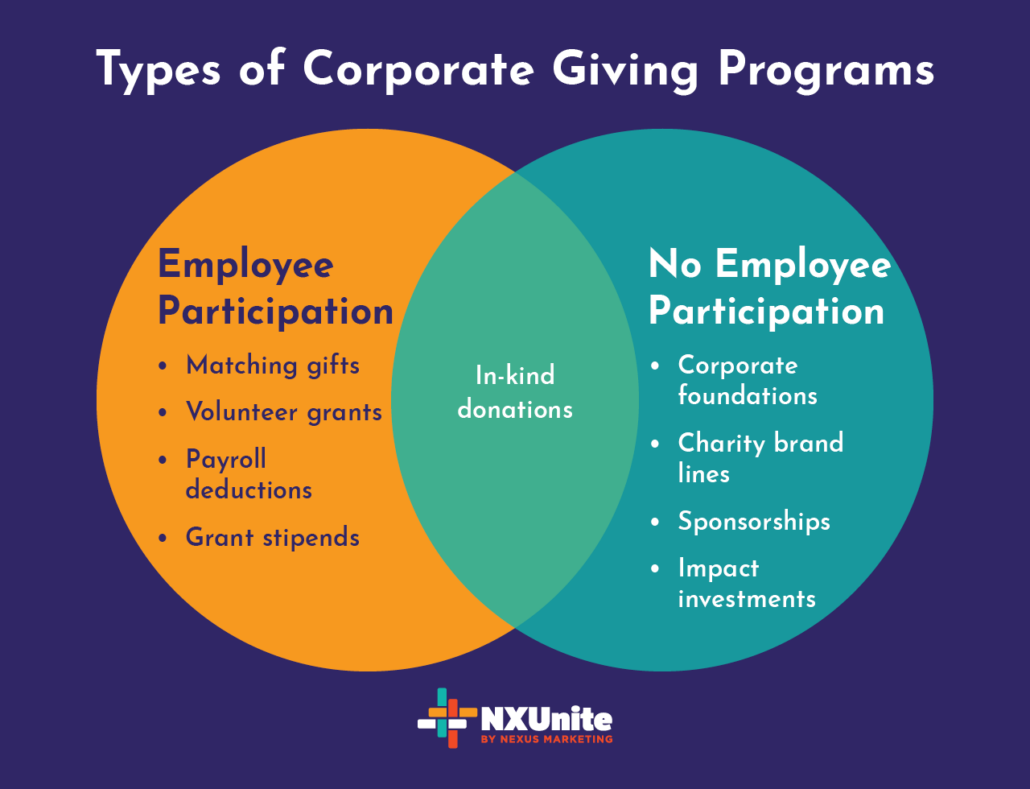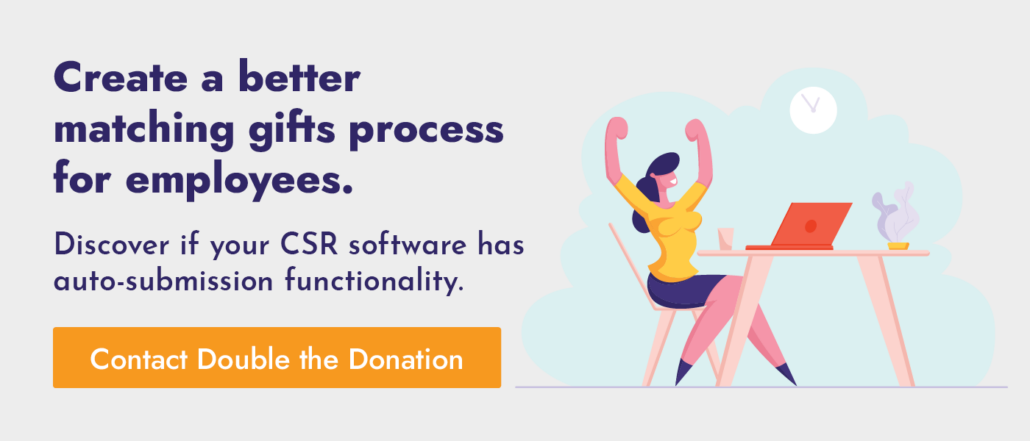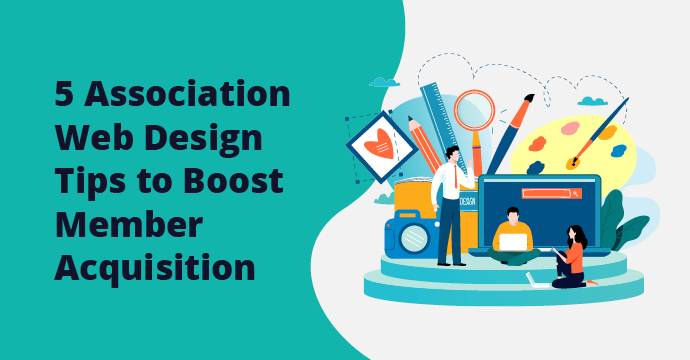Volunteer Appreciation: How to Recognize Unsung Heroes
Part of running your nonprofit is learning how to develop a thriving base of supporters. That means you need to learn how to source donors and volunteers. As a volunteer manager, you’re tasked with motivating volunteers to stick around. That means you need to know the ins and outs of volunteer appreciation.
While they don’t expect anything in return, volunteers deserve an occasional “thank you” at the very least. However, you’ll really foster connections with them by singing their praises and going above and beyond by recognizing volunteers on a deeper level.
From learning the basics of retention to sourcing new ideas, we’ll provide you with everything you need to establish (or revitalize) your volunteer appreciation strategies. That way, you can confidently inspire your volunteers to stick around. Here’s what you can expect to learn throughout this guide:
- What Is Volunteer Appreciation?
- Why Volunteer Appreciation Matters
- How Frequently You Should Express Appreciation
- Our Favorite Volunteer Appreciation Gifts
- Best Practices for Effectively Recognizing Volunteers
Your volunteers are your nonprofit’s unsung heroes. They serve your organization day in and day out, all because of their passion for your mission. Make sure they’re just as passionate on day 100 as they are on day 1 by following the tips we share in this guide. Let’s dive in!


What Is Volunteer Appreciation?
Volunteer appreciation refers to the act of recognizing and expressing gratitude for the generosity of those who freely offer their time, skills, and resources to support an organization. It involves acknowledging the selfless service and impact volunteers make, showing gratitude for their commitment, and ensuring they feel like a valued part of your cause.
Volunteer appreciation can take different forms, such as verbal expressions of gratitude, written thank-you notes, special events, and personalized gestures. By showing you value volunteers, your nonprofit can honor their contributions and cultivate a supportive volunteer culture that encourages ongoing relationships.

Why Volunteer Appreciation Matters
You work hard to source new volunteers and want them to stick around. That’s why you need to express your gratitude to them regularly and authentically.
These individuals selflessly dedicate their time and skills to support your cause, and it can be easy to take that for granted. Luckily, saying “thanks” can go a long way!
Expressing genuine gratitude means you can:
- Acknowledge the invaluable role they play, strengthening their connection to your organization.
- Foster a sense of belonging, motivation, and satisfaction among volunteers, leading to increased engagement and supporter retention.
- Establish a supportive and inclusive environment, inspiring others to get involved and contribute their time and talents.
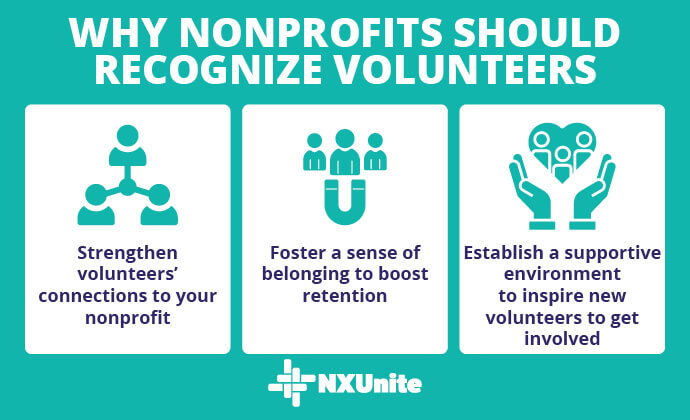
Overall, recognizing and valuing volunteers means you can inspire continued support and build a strong foundation for ongoing collaboration in achieving your mission.

How Frequently You Should Express Appreciation
The short answer is there’s no one-size-fits-all approach to volunteer appreciation. Rather, the frequency of volunteer appreciation varies across nonprofits. It all depends on your organization’s size, resources, and volunteer involvement.
Generally speaking, we recommend expressing appreciation regularly to ensure volunteers feel valued for their contributions. When establishing your volunteer appreciation cadence, here’s the frequency we recommend for different tactics:
- Ongoing through verbal expressions of gratitude and thank-you notes after volunteer events
- Monthly or quarterly via volunteer spotlights and public recognition to highlight standout volunteers
- Annually alongside annual nonprofit events or milestones (like National Volunteer Week or your organization’s anniversary) to showcase supporters’ collective impact
Ultimately, the key is to make volunteer appreciation a continual practice rather than a one-time occurrence, reinforcing volunteers’ vital role in your nonprofit’s mission.

Our Favorite Volunteer Appreciation Gifts
With a solid understanding of volunteer appreciation, you’re now ready to venture into brainstorming ideas for expressing gratitude. We took some time to procure some of our favorite volunteer appreciation gifts and ideas that your supporters are sure to love!
Remember to pick the ones that will resonate with your unique base of supporters. You may even want to segment your supporters within your volunteer management system based on the types of appreciation they prefer. For example, do they prefer personal, one-on-one appreciation or a public shout-out? Either way, we’ll provide plenty of ideas that will fit anyone’s preferences.

Thank You eCards
This volunteer appreciation strategy stands the test of time. People have used greeting cards to express gratitude for years, whether they wanted to show appreciation for a gift or say thanks for lending a helping hand. Now, your nonprofit can take this strategy to the digital space thanks to eCards!

Online greeting cards have countless uses, especially for nonprofits. They’re perfect for raising money, inviting supporters to events, spreading cause awareness, and strengthening supporter relationships. Here’s how eCards work as volunteer appreciation gifts:
- Design a collection of thank-you eCards branded to your nonprofit.
- Embed your eCards into a page on your website.
- Your staff, beneficiaries, or other volunteers can choose their favorite designs, customize a message, and send them to standout volunteers.
- The eCard is delivered to the volunteer’s inbox.
To power this volunteer appreciation idea, choose a user-friendly eCard platform. We recommend our friends at eCardWidget.
The platform comes equipped with user-friendly design tools that make it easy to design thank-you eCards with any fonts, colors, and graphics you want. It even has templates to kickstart the design process. Once you’re ready to go, you can embed the convenient widget into your website and direct people to your site to send eCards to impactful volunteers!


Gift Cards
From shopping to eating, there’s a gift card out there for everyone. Chat with your corporate sponsors and ask if they’re willing to spare some free gift cards. Chances are, socially-responsible companies would be more than happy to lend a hand.
A few great places to check include:
- Local restaurants
- Nearby coffee shops
- Grocery stores or other businesses
- Wellness businesses like spas and yoga studios
Bonus points if you can find a company that correlates with your mission! For example, if you work at an environmental organization, you might partner with a local plant nursery.
The amount you load onto each card should align with how much time someone’s given to your nonprofit. In other words, don’t give a brand-new volunteer a $200 gift card to a fancy restaurant.

Volunteer Appreciation Dinner
Bring your volunteers together for some delicious food and meaningful conversations by hosting a volunteer appreciation dinner. Invite volunteers to enjoy a meal and socialize with organizational leaders, staff members, and fellow volunteers. Doing so offers the opportunity to recognize the volunteers’ hard work and impact on your mission, while also allowing them to interact with others who are just as passionate.
Add some speeches or a presentation to the agenda, providing plenty of time to acknowledge individuals, highlight their achievements, and communicate heartfelt appreciation.
By establishing a warm atmosphere during the evening, you’ll foster a sense of community and ensure volunteers feel celebrated for their selfless service.

Branded Apparel
Your nonprofit can offer t-shirts and other apparel as a creative way to thank your volunteers. Not to mention, this doubles as a nonprofit marketing strategy. Each time they wear your nonprofit’s t-shirt or use your tote bag, they’ll amplify your mission to other community members.
Here are a few volunteer-specific apparel ideas to get the ball rolling:
- Branded Volunteer Apparel: Distribute t-shirts, hats, tote bags, or other apparel branded with your organization’s logo and colors alongside a special volunteer appreciation message. Volunteers can then wear their custom shirts proudly any chance they get.
- Volunteer Uniforms: If your organization has an ongoing volunteer program, provide volunteers with designated branded apparel they can wear when lending a hand. Providing them with free volunteer t-shirts and hats will create a sense of belonging and foster team spirit!
- Achievement Badges: Encourage volunteers to strive for greatness by offering special badges or patches that recognize their accomplishments. For example, offer badges for milestones like hours served or years of volunteering. They can attach their patches to apparel, so they can wear their badges with honor. Not to mention, the patches may even spark conversations, allowing volunteers to share their inspirational experiences.
Even if you have some leftovers from your recent t-shirt fundraiser, giving the spares to committed volunteers can go a long way.
Show your appreciation, boost morale, and offer a visual representation of your dedicated community with this volunteer appreciation gift! After all, who wouldn’t want to show off their passion for your cause?

Custom Awards Ceremony
Craft awards that recognize exceptional volunteers in categories like leadership, impact, and commitment. Then, honor the winners and publicly acknowledge their admirable contributions by holding an awards ceremony. You can create custom awards like:
- Rising Star Volunteer
- Volunteer Team of The Year
- Most Hours Served
Transform it into a celebratory event by featuring speeches, music, and other interactive elements. There’s no better way to engage and appreciate volunteers than by hosting a full-blown event in their honor!

Local Event Tickets
Connect volunteers with the community they work so hard to serve by giving them tickets to local events. Chances are, they’d love to stroll through a local festival or have a night out to the movies.
Take a look at your community’s event calendar and find events your volunteers will enjoy, such as:
- Local concerts or music festivals
- Sporting events
- Performing arts shows
- Arts exhibitions and museums
- Community festivals or street fairs
- Historical or cultural tours
- Entertainment events like movie showings
This is a great opportunity to immerse volunteers in your community’s culture. Just remember to tailor this volunteer appreciation gift to the individual.

Wellness Packages
Show you care about your volunteers’ well-being by sending custom self-care packages. This volunteer appreciation gift can include various items that encourage relaxation and overall wellness.
Here are some theme ideas for crafting the ultimate wellness packages:
- Bath and body products such as scented candles and bath bombs to create a soothing environment
- Mindfulness resources like a journal and a meditation app subscription
- Healthy snacks and herbal teas to boost nutrition
- Fitness items like a yoga mat, foam roller, and water bottles to encourage healthy lifestyles
Pricing for these volunteer gifts can quickly add up, so be sure to send these only to your most committed volunteers. By sending a custom self-care package, your nonprofit can show it recognizes the importance of self-care.

Social Events
Encourage your social butterfly volunteers to hang out at a social event. There are plenty of ways you can bring your volunteer community together to say thanks, whether you want to party on a budget or splurge. You might host one of these fun events:
- Potluck dinner or picnic: Host a casual dinner or a picnic at an outdoor venue where volunteers can enjoy a fun-filled time with their families and fellow volunteers.
- Field day: Encourage some healthy competition by arranging a field day with all sorts of games. Volunteers can sign up in teams or opt to be paired up with other stragglers.
- Movie night: Host a movie night where volunteers can relax, enjoy a film, and chat with one another. You might even choose a film related to your mission or let them vote on the movie beforehand.
- Group hiking or nature walk: Organize a day out in nature at a local park or scenic area. Volunteers can come together to enjoy the outdoors and one another’s company.
- Local attractions or cultural events: Arrange outings to local museums or cultural fairs where volunteers can enjoy shared experiences and explore their community together.
Social outings are perfect for helping volunteers enjoy the community and bond over their shared experiences. These events are also great for getting some face-to-face time with staff.

Social Media Spotlights
Social media plays an instrumental part in many people’s lives. Liven up your followers’ feeds by shining the spotlight on outstanding volunteers.
From Instagram to Facebook, your nonprofit can provide a volunteer appreciation gift that honorees can share with their networks.
- Volunteer of the Week/Month: Create a dedicated post highlighting a standout volunteer each week or month. Conduct a short interview, so you can showcase their story, accomplishments, motivations, and impact they’ve made on your community and cause.
- User-Generated Volunteer Testimonials: Ask volunteers to share their volunteer experiences. Encourage them to post on their personal social media accounts and tag your organization. Then, repost these testimonials on your organization’s social media pages to showcase the positive impact of volunteering.
- Volunteer Achievements: Celebrate significant milestones your volunteers reach. You might call out individuals who achieve a certain number of volunteer hours or help push a major initiative forward.
When featuring your volunteers on social media, obtain their consent first. Some volunteers might prefer a different volunteer appreciation gift, so respect their privacy preferences!

Donation in Their Name
Your volunteers offer their time and skills to further your mission. That doesn’t mean they don’t want to donate too!
Donate in a volunteer’s name as a way to express gratitude and recognize their hard work. By making this gesture, you can deepen the volunteer’s connection to your organization and establish a sense of pride in knowing their work is making a difference.
Not to mention, donating in a volunteer’s name can serve as a form of public volunteer recognition, showcasing their commitment to your cause. Whether you donate to your cause or another one they support, this will go a long way in communicating that you appreciate the volunteer’s dedication.
Bonus tip: Volunteer grants are an easy way to further a volunteer’s impact. Through this type of program, their employer will donate to a nonprofit where they regularly volunteer.

Best Practices for Effectively Recognizing Volunteers
Now, you’re armed with some incredible volunteer appreciation gifts your supporters will love. Not so fast, though! You need to know how to choose the best ones for your unique group of supporters.
When selecting your favorites, create the ultimate plan to recognize volunteers with these tips:
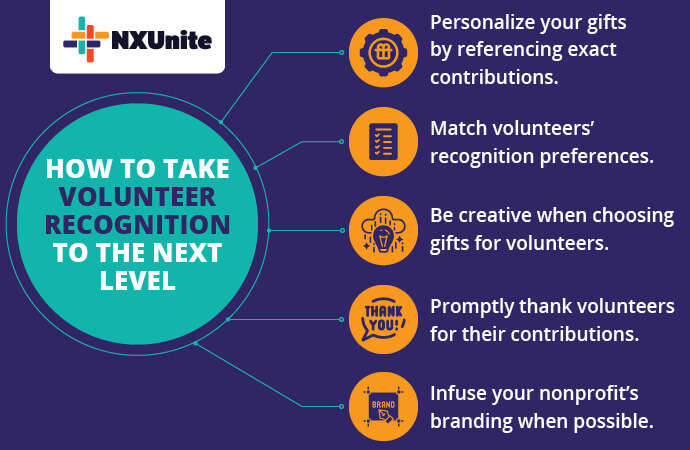
- Personalize your gifts when you can. Reference their exact contributions when you can. That’s what makes nonprofit eCards and volunteer awards so great. For example, you can incorporate a volunteer’s name and a custom message into your personalized eCards. Or, you can choose a unique award for each volunteer.
- Match volunteers’ preferences. Not everyone loves public recognition. Chat with volunteers to see which volunteer appreciation gifts they’d enjoy.
- Be creative. Give gifts that people will remember, and infuse your nonprofit’s voice when possible. Something as simple as personalizing an eCard can elevate a traditional thank-you email.
- Promptly thank volunteers. Time is of the essence! Recognize volunteers as soon as possible. While digital gifts can be sent instantly, physical gifts and experiences will take longer than others to deliver.
- Incorporate your nonprofit’s branding. Your volunteers love your cause, so make sure any gift you send relates to your cause. Infusing your nonprofit branding can be as simple as using your logo, colors, and fonts on a t-shirt or eCard.
Implementing these tips will empower you to communicate your genuine appreciation. You’ll boost volunteer engagement and retention in no time!

Wrapping Up: The Impact of Volunteer Appreciation
An incredible 63 million Americans (AKA 25% of the adult population) volunteer their time and talents to make a difference according to Nonprofits Source’s online giving statistics page. However, the industry volunteer retention rate hovers around 65%. That means 1 in 3 volunteers will quit serving your nonprofit sooner than expected.
Make sure your volunteers’ selfless efforts don’t go unrecognized! Otherwise, you risk losing them to another cause. While their acts of service are selfless, everyone loves an occasional thank you. By proactively recognizing your volunteers, you’ll communicate that you want them to stick around.
If you’re looking for more best practices, we’ve pulled together some resources for you. Explore these to continue learning about effective volunteer management:
- Charity eCards for Your Nonprofit: A Comprehensive Guide. As our favorite volunteer appreciation gift, nonprofit eCards require some work. Learn how to recognize volunteers and design the perfect eCards.
- Volunteer Grants – Nonprofit Catalog. Learn how to improve volunteer retention through corporate giving programs like volunteer grants.
- Donor Recognition: A Strategic Guide To Showing Appreciation. Explore advice for boosting donor retention that can also be applied to your volunteers!
